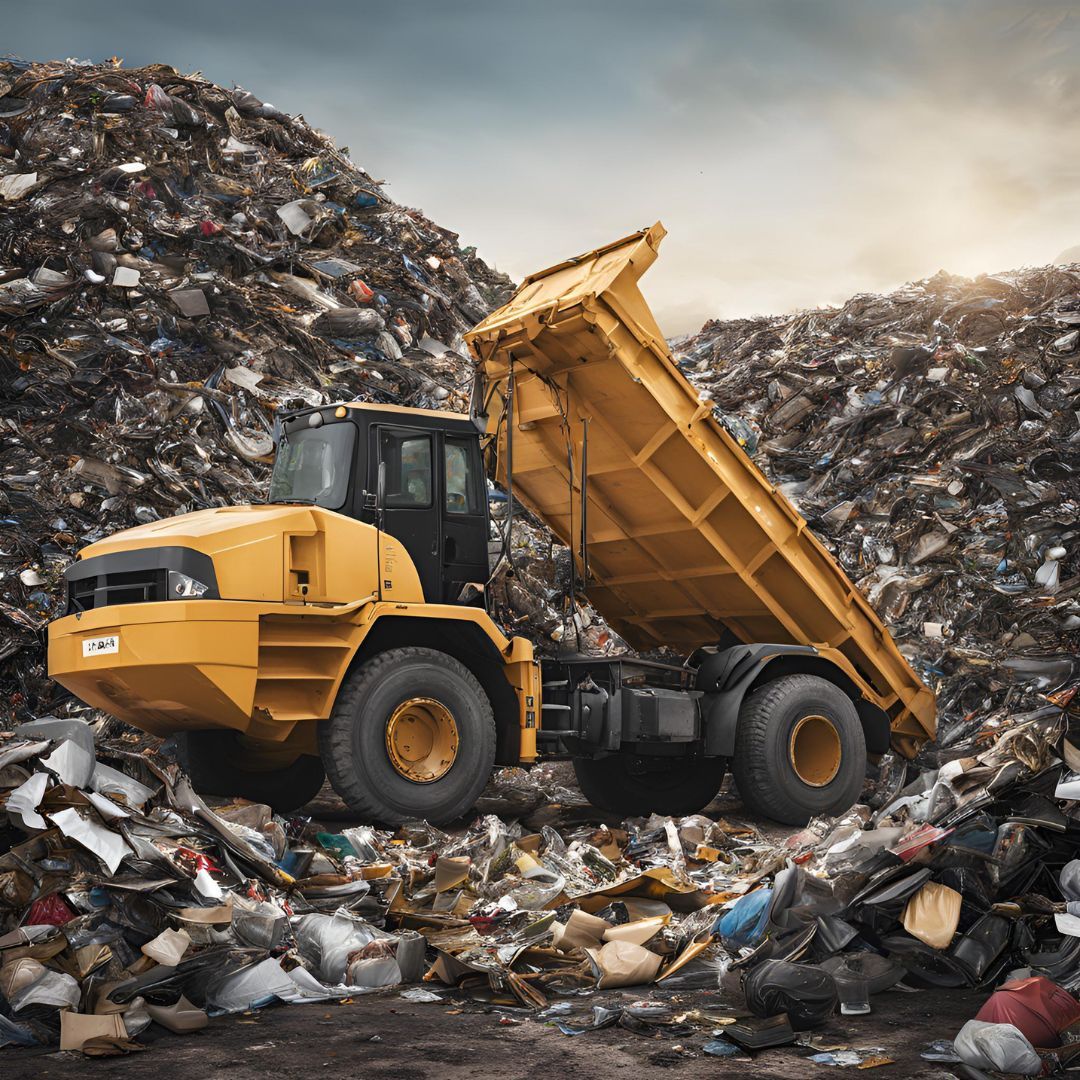
Waste in Logistics: A Challenge and an Opportunity for Sustainability
Logistics plays a fundamental role in modern society, ensuring the flow of goods and materials essential to the global economy. However, this sector generates a significant amount of waste, posing a challenge to sustainability. Examining the nature of this waste and promoting its proper disposal are essential steps toward reducing environmental impact and contributing to a more sustainable future.
Types of Waste in Logistics
Waste generated by logistics can be categorized into several types:
Excess Packaging:
Logistics relies heavily on packaging materials such as cardboard, plastic, polystyrene, wood, and metals. While these materials are necessary to protect products during transport, their excessive or improper use leads to exponential waste growth.
Electronic and Technological Waste:
The use of electronic devices, such as scanners, labeling machines, and monitoring systems, results in electronic waste when these devices are discarded.
Consumable Materials:
Items like adhesive tapes, damaged pallets, and fastening materials are often discarded without proper management.
Chemical and Hazardous Waste:
Logistics involving chemicals or pharmaceuticals can lead to the disposal of hazardous substances or contaminated residues.
The Environmental Impact of Logistics Waste
Poor management of this waste contributes to soil, water, and air pollution. Single-use plastics, for example, can take hundreds of years to degrade, while chemical waste may release toxic substances. Moreover, the use of traditional landfills for waste disposal emits greenhouse gases like methane.
Strategies for Proper Waste Management in Logistics
To address these challenges, the logistics sector must adopt targeted strategies for waste reduction, reuse, and recycling. Here are some practical solutions:
Source Reduction:
- Optimize packaging materials by prioritizing lighter, recyclable, or biodegradable options.
- Digitize processes to reduce the consumption of materials such as paper.
Reuse of Materials:
- Promote the reuse of pallets, crates, and rigid containers.
- Implement return systems for reusable packaging.
Recycling and Proper Disposal:
- Partner with specialized recycling companies to ensure materials such as plastics, metals, and wood are appropriately processed.
- Sort waste by type directly in warehouses to facilitate recycling efforts.
Hazardous Waste Management:
- Comply with local and international regulations for the safe disposal of chemical and toxic waste.
- Train staff in the safe handling and storage of these substances.
Adopt Circular Economy Models:
Integrate innovative solutions that turn waste into resources, such as recovering materials from damaged pallets to create new products.
The Role of Technology
Technology can play a crucial role in sustainable logistics waste management. Advanced monitoring systems and data analytics platforms help track and optimize waste flows, identifying inefficiencies and reducing waste. Additionally, 3D printing tools can minimize waste produced during the manufacturing of spare parts.
Conclusion
Managing waste in logistics is not only an environmental necessity but also an opportunity to innovate and create value. By implementing sustainable practices and investing in advanced technologies, companies can reduce costs, improve efficiency, and strengthen their reputation as sustainability leaders. Adopting a responsible approach to waste management is not just a moral obligation but also a strategic choice to contribute to a greener, more sustainable future.




